
Ever have that irresistible side dish that beckons "just one more bowl"? Every Japanese knows the sentiment. But guess what? Foreigners have their unique "On-the-Rice" attachments too.
Some believe that plain white rice might be a bit on the bland side and enjoy adding a flavor punch directly. With the rich variety of Japanese side dishes, it's only natural they pique global interest.
For this feature, we've surveyed 17 foreigners residing in Japan, exploring their preferences on rice accompaniments. The results? Quite unexpected!
Globally Recognized: The Popularity of "Nori"
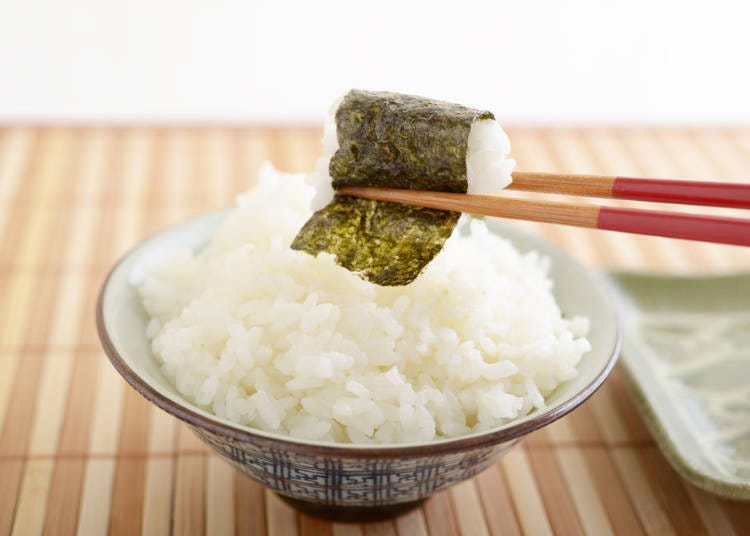
The majority of foreigners we polled chose seaweed as their top rice sidekick. Riding on the global sushi wave, seaweed is gaining recognition. It's well known that decades ago, due to its "mysterious" black color, nori was tucked inside the sushi rice, giving birth to the California roll. But to see it so highly regarded today? It's quite a revelation!
When asked why they favored it:
"Seasoned seaweed isn't overly salty, making it a perfect match for rice." (20s, Female, Taiwan)
"It doesn't leave a lingering taste in the mouth and its refreshing nature complements rice." (40s, Male, UK)
"It's a traditional Japanese dish and it's not difficult to eat." (20s, Male, France)
"It's very healthy, and I love its taste. The crisp texture is also great!" (20s, Female, Germany)
Truth be told, the international embrace of seaweed is a recent phenomenon. Prior to this, there was a theory, published in the academic journal "Nature", suggesting that the Japanese, due to their genetics, could digest seaweed easier than people from other countries. Consequently, it was an ingredient unfamiliar to many overseas.
It seems that, particularly among young women and vegetarians, seaweed is emerging as a healthy food movement.
Unexpectedly, Natto Joins the Favoured Rice Companions among Foreigners!
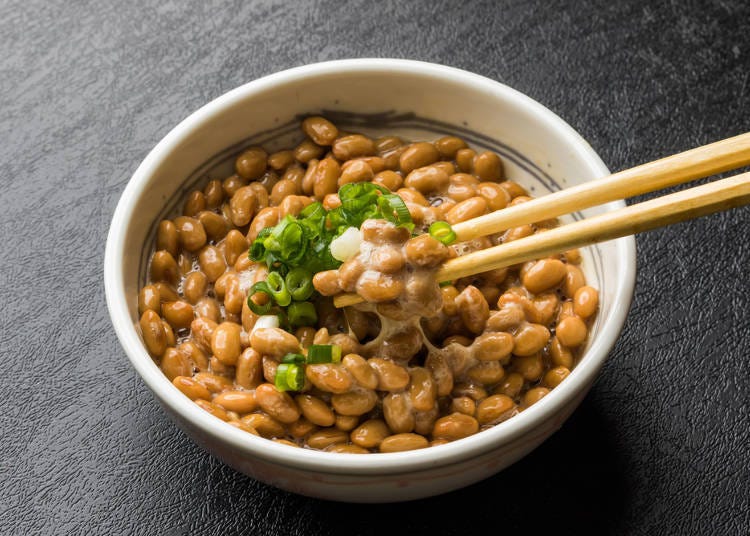
Surprisingly, a significant number of foreigners also cited 'natto' (fermented soybeans) as a favorite rice accompaniment. Previously, it was a challenging dish for many, often described with reactions like, "It smells!" or "Why would anyone eat rotten beans?" It was considered the number one Japanese dish that foreigners found difficult to embrace.
"I like it because it's a healthy and gentle-on-the-body Japanese dish." (40s, Male, USA)
"I've heard that natto is very nutritious. It's good for health, so I want to incorporate it into my diet actively." (20s, Male, South Korea)
"Breakfast with natto and roasted seaweed is the best!" (50s, Male, USA)
This inclination towards natto appears to be linked to the recent global trend of fermented foods, celebrated for their health benefits. Beyond natto, some also mentioned pickles, another fermented product. With the seaweed trend mentioned earlier, it seems the preferences for Japanese food among foreigners have considerably shifted in the past 2-3 years.
Moreover, we received comments like:
"I often eat natto. My brother-in-law mixes it with kimchi, and I find that quite tasty too." (30s, Male, South Korea)
"I love natto! It's not just good with rice; I even put it on toast. Top it with some cheese, give it a quick toast, and it's superb!" (20s, Male, USA)
It appears that those who have lived in Japan for an extended period often enjoy experimenting and adapting familiar dishes in creative ways.
And Then There Were Those with Unique Choices for Rice Accompaniments!
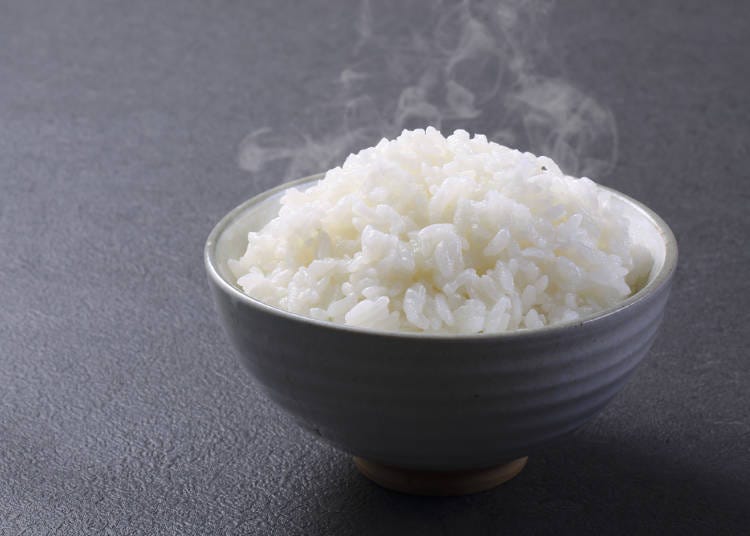
Some participants presented us with their own special rice side dishes:
"A special sauce made by mixing mayonnaise with chicken! Back in France, we used to dip our fried potatoes in it." (20s, Male, France)
While mayo rice has found its place among Japanese diners, this twist sounds scrumptiously delightful!
"Wasabi. Just a little on rice makes a good spice." (30s, Female, Taiwan)
Certainly, wasabi is synonymous with sushi and is indispensable in ochazuke (rice in green tea), representing Japan's signature condiments. However, having plain rice seasoned only with the sharpness of wasabi? Now, that's quite innovative!
And then, there was an unexpected answer from a foreigner who claimed not to need any rice accompaniment at all!
"When I eat rice, I stick to plain white rice!" (20s, Female, Canada)
She must really love her white rice. Interestingly, when asked about her least favorite rice side dishes, her answer was, "All of them." To completely deny all rice accompaniments? Now that's a perspective we hadn't considered!
On the Flip Side: The Rice Accompaniments Foreigners Couldn't Stomach!
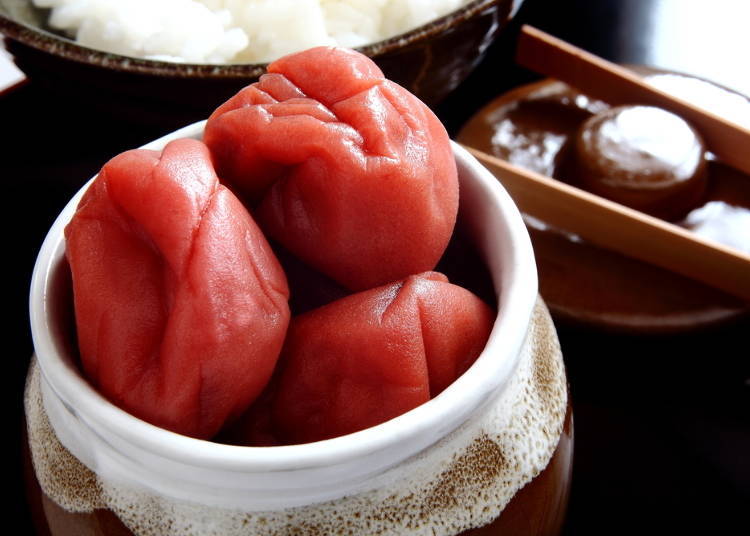
When we flipped the script and asked foreigners about rice accompaniments they disliked, the traditional Japanese pickled plum "umeboshi" took the top spot by a wide margin.
"I can't eat umeboshi with rice." (30s, Female, Taiwan)
"It's a no-go for me. The taste... I wouldn't mind going my whole life without eating it. It's a different kind of sourness compared to Korean cuisine." (30s, Male, Korea)
"I don't like umeboshi! Too sour for me!" (30s, Female, USA)
"It's so sour that I can't swallow it. I don't understand how the majority of Japanese people can eat it..." (20s, Female, USA)
For the Japanese, umeboshi is an essential filling for rice balls (onigiri). Many Japanese believe the marriage between the sourness of umeboshi and the sweetness of white rice is impeccable. However, even in the midst of the fermented food trend, the extreme sourness of umeboshi might be a hard flavor to embrace for some.
However, there were a few who provided insights that revealed a more acquired taste.
"While living in Japan, I've grown to like umeboshi. But, I only like the ones infused with honey. Not a fan of the ones with shiso (perilla) leaves though." (40s, Male, USA)
It seems those accustomed to the sweetness of honey, like Americans, prefer their umeboshi with a touch of honey. Perhaps if they tried a variety of umeboshi flavors, they might find one they truly enjoy!
The Slippery Challenge: Some Foreigners Can't Embrace the 'Neba-Neba' Texture!
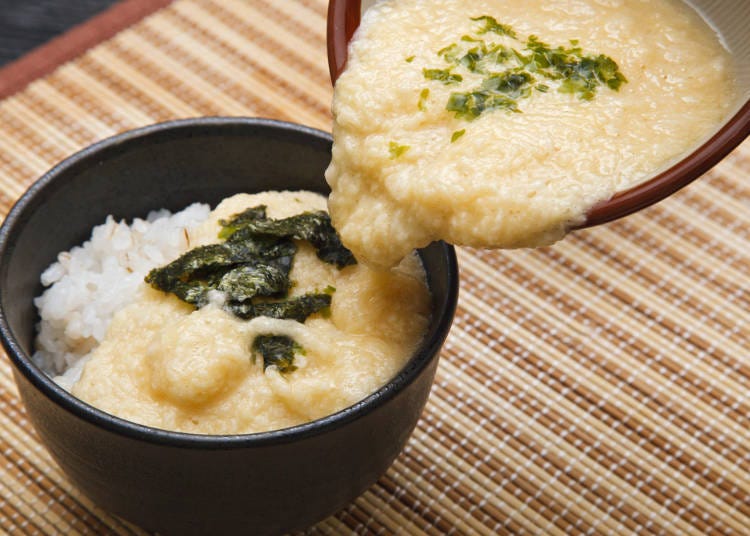
Besides umeboshi, there were also a number of respondents who still couldn't come to terms with natto, the fermented soybeans known for its strong aroma and sticky consistency. Furthermore, this aversion wasn't limited to just natto; there were those who expressed a general dislike for foods with a slimy or "neba-neba" (a Japanese term to describe a sticky, gooey texture) consistency.
"Anything too 'neba-neba' just doesn't sit well with me. For instance, yamaimo (mountain yam), okra, and mozuku seaweed." (40s, Male, USA)
The aversion to natto might not solely be due to its distinctive aroma. The slimy texture seems to be another significant deterrent for many. However, for fans of these dishes, this unique texture is exactly what draws them in. Overcoming this particular food hurdle might be a challenging feat for some!
Special Mention: Passionate Opinions from the Ardent Lovers of Japanese Cuisine
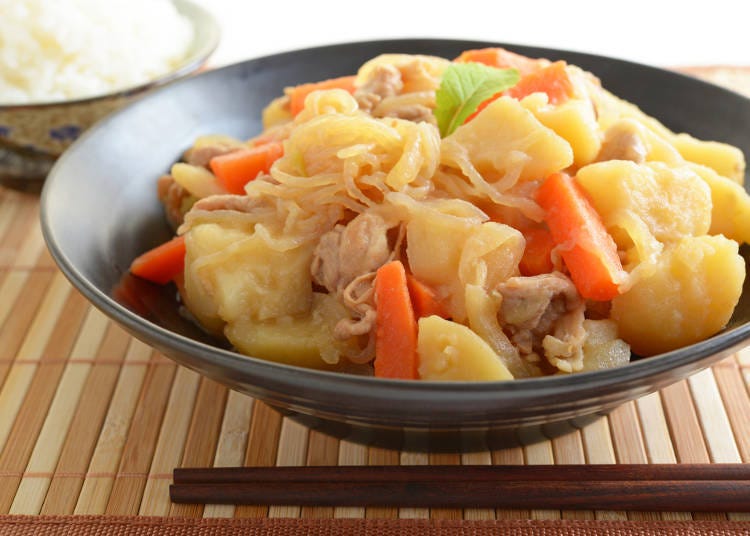
One gentleman overflowed with love for Japanese food and its accompaniments, sharing:
"I believe every Japanese dish goes perfectly with plain rice; there's nothing I dislike." (50s, Male, USA)
It's heartwarming to know that there are people who find everything about Japanese cuisine delightful. Meanwhile, another individual had a slightly unique perspective.
"What I don't like are the heavier meat dishes, like nikujaga (meat and potatoes) or shigureni (a type of simmered dish). The reason is that when combined with rice, I end up eating too much, and it doesn't feel healthy." (20s, Male, France)
From a caloric standpoint, this perspective does have merit. But when considering dishes like shigureni, one might argue that moderation is key to enjoying it healthily. Perhaps he finds it too irresistibly delicious to limit himself?
The Evolution of Japanese Cuisine Appreciation Abroad
The term "Washoku" (Japanese cuisine) was inscribed on the UNESCO Intangible Cultural Heritage list in 2013. Since then, there seems to be a noticeable shift in how foreigners approach and appreciate Japanese food. Who could have predicted a few decades ago that foods like natto and nori, which might have once been met with skepticism, would gradually find a foothold among international audiences? The preferences of foreigners regarding "rice accompaniments" seem poised to continue expanding in the future.
Note: This article has been re-edited from its original version.
Written by:

- Category
*Prices and options mentioned are subject to change.
*Unless stated otherwise, all prices include tax.
Limited time offer: 10% discount coupons available now!
Recommended places for you
-

Birthday Surprise x KUJIRA ENTERTAINMENT DINING
Other Restaurants
Shinjuku
-

Cafenne Kafuenumeda
Other Restaurants
Umeda, Osaka Station, Kitashinchi
-
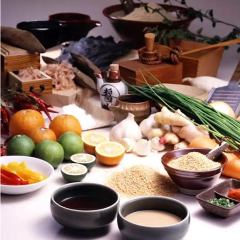
Shabuzen Umedaten
Other Restaurants
Umeda, Osaka Station, Kitashinchi
-

TOKYO KAIKAN
Other Restaurants
Ginza
-

LAUREL TOKYO
Other Restaurants
Shibuya
-
Menu

Kura Sushi Umeda OS Building
Other Restaurants
Umeda, Osaka Station, Kitashinchi
-

A Complete Guide to the JR West Kansai Area Pass
-

The CASIO S100: How CASIO's Masterpiece Calculator Redefines Business Elegance With Japan-Made Reliability
-

Best Things to Do in Tokyo in April 2024: Events, Festivals & More
-

Step Into the Story: Inside Immersive Fort Tokyo
-

12 Unique & Fun Tokyo Food Tours to Enjoy in 2024
-

Everything You Need To Know About the Kyoto-Osaka Sightseeing Pass
-

Japanese Housewife Shares Her 9 Favorite Cooking Shortcuts
-

Sapporo New Chitose Airport (CTS): Complete Guide to Restaurants, Souvenirs, Shopping & More!
-

'MEAT&WINE': Fantastic Eats at Crazy Cheap Prices in Tokyo’s Shinjuku!
-

True Craft Beer in Japan: 4 Tokyo Breweries You'll Fall In Love With
-

Ikebukuro Station Area Guide: Top 15 Spots When You Escape the Station's Maze!
-

Complete Guide to Buying Japanese Medicine in Japan: Phrases and Vocabulary You Need to Know
- #best sushi japan
- #what to do in odaiba
- #what to bring to japan
- #new years in tokyo
- #best ramen japan
- #what to buy in ameyoko
- #japanese nail trends
- #things to do japan
- #onsen tattoo friendly tokyo
- #daiso
- #best coffee japan
- #best japanese soft drinks
- #best yakiniku japan
- #japanese fashion culture
- #japanese convenience store snacks












